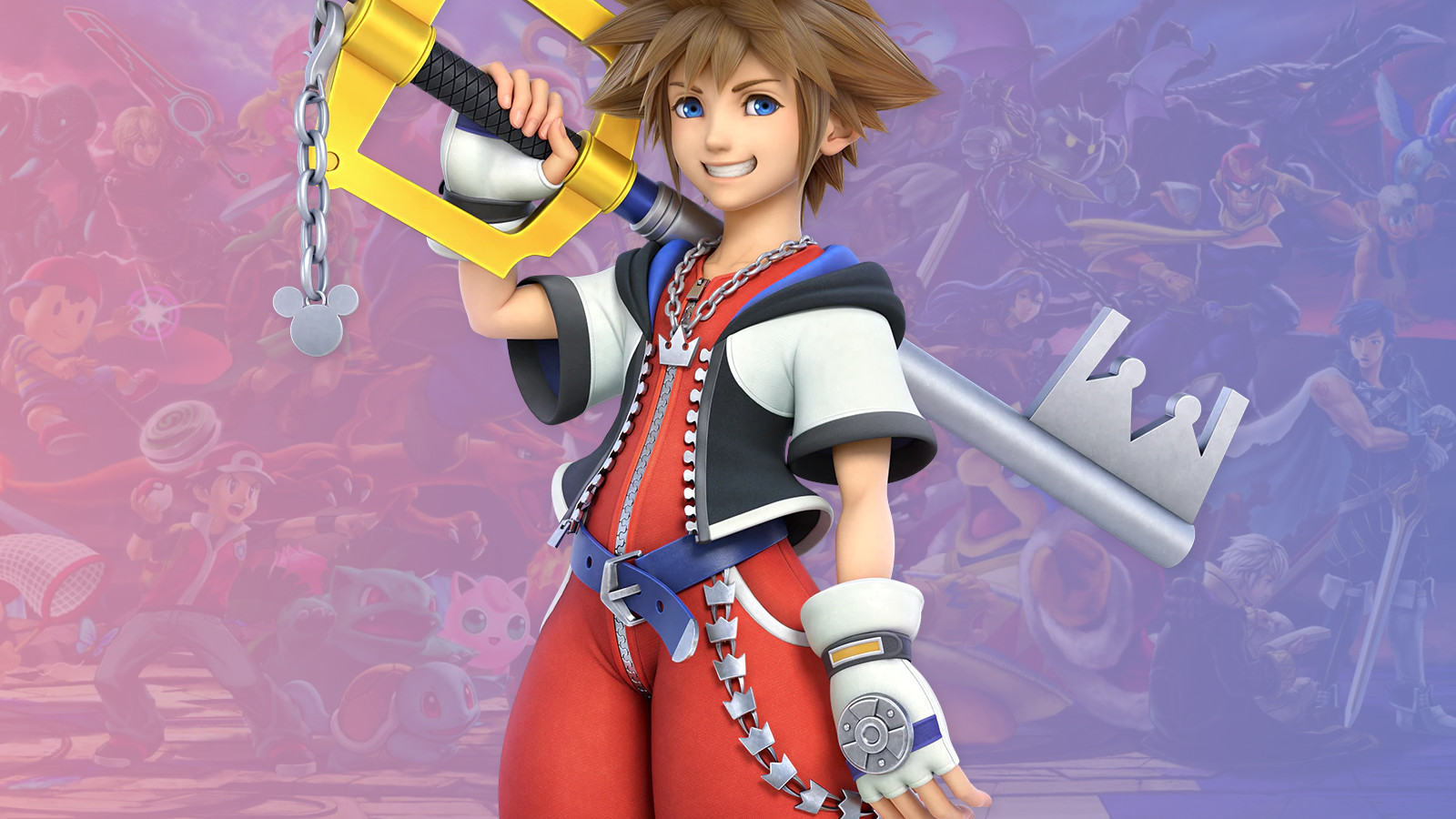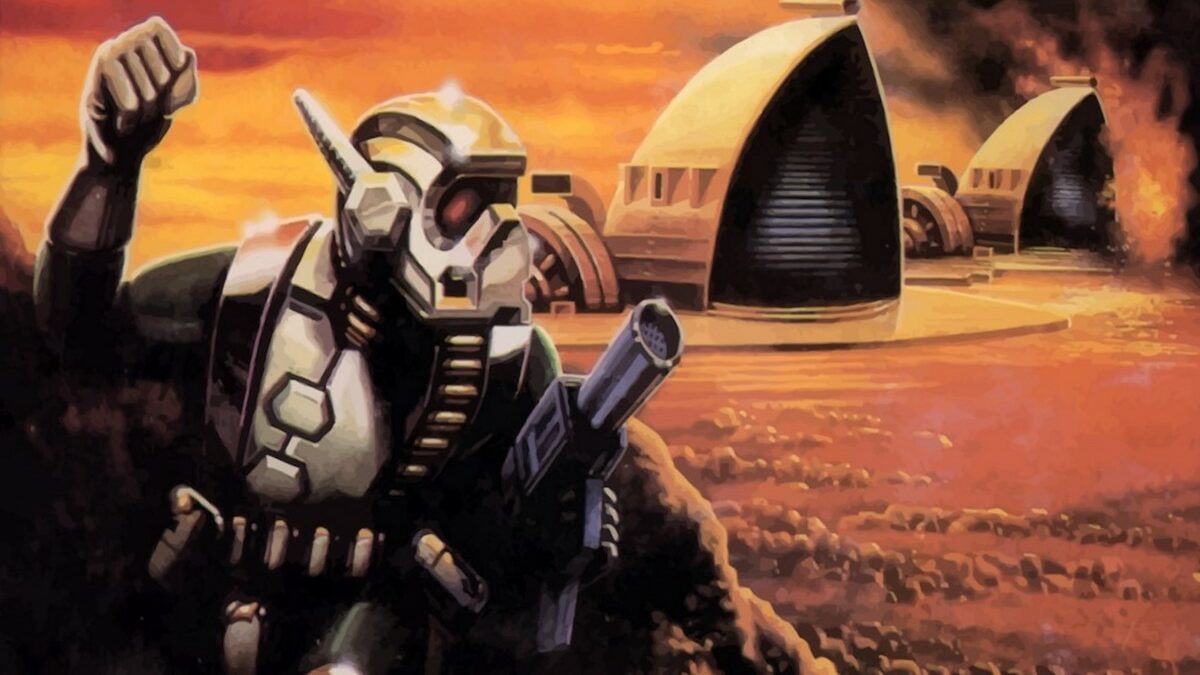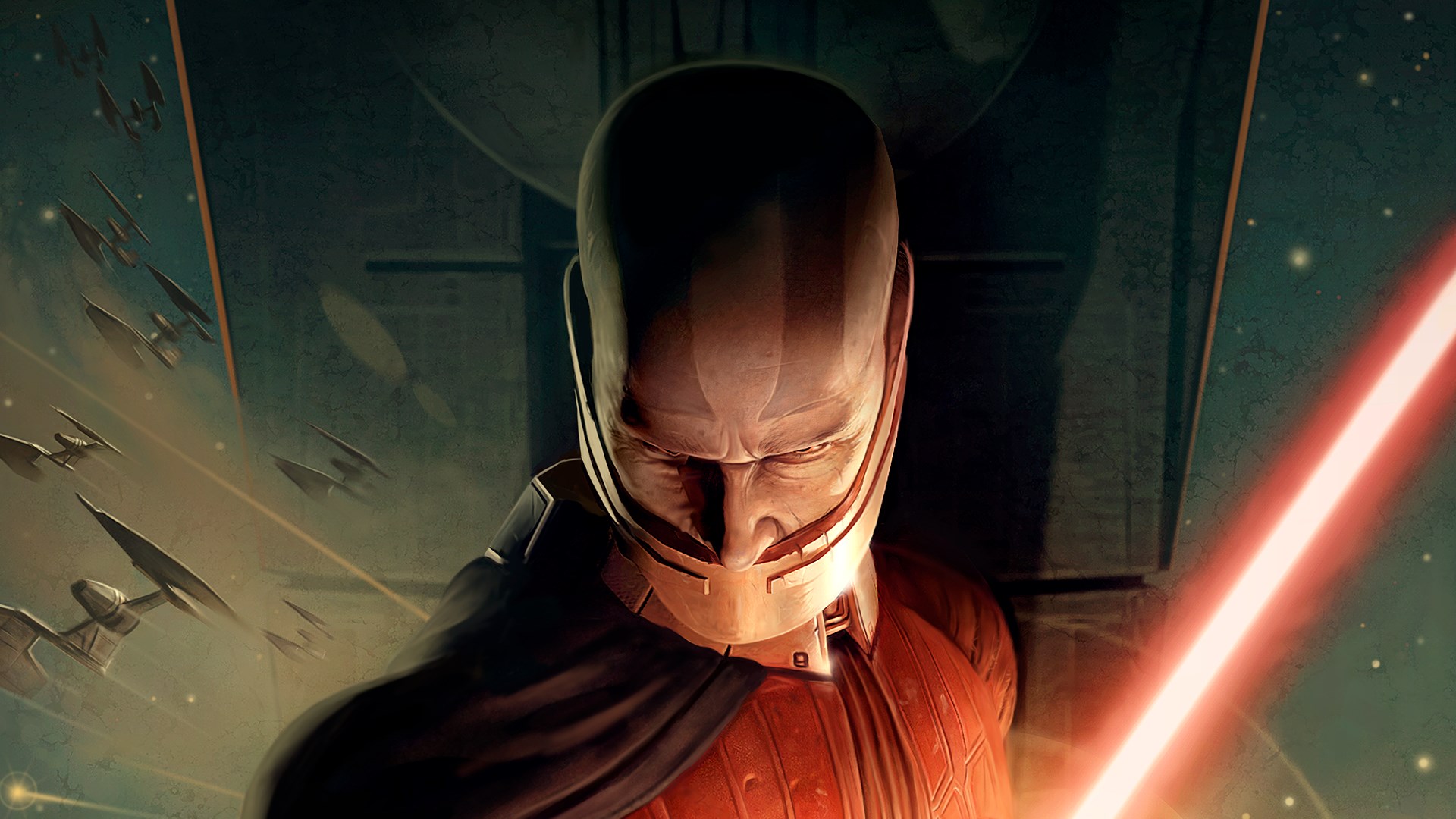Share
When Umurangi Generation first came out in May of 2020, I put it on my list of games to play and then promptly got swept up in other games and let it sit there. Despite constantly seeing positive talk about it, and loving the striking imagery and stylized visuals of the game, things just didn’t feel right for me at the time to play it.
But, over a weekend, I found myself thinking about the game, having a good bit of free time, and decided what the heck, let’s boot it up. I expected to like it, but I wasn’t expecting time to just disappear while I was playing it. When I came out the other side, I’d found my whole weekend was consumed by the game.
The game’s mechanics, settings, and themes are all woven together in a way that seems effortless in its style, and rewards the curious with a bigger message that while not subtle is so artfully executed that it can’t really be denied.
To fully understand what makes this game click, let’s focus in on it and see just what makes the game so good.
I promise there won’t be that many photography puns going forward.

The Art of Subject
As a game about photography, Umurangi Generation doesn’t really shirk on the details. The game provides a fairly comprehensive tutorial that gives players the general thesis statement on the game’s mechanics, as well as how the photos they are taking will be graded. Afterwards, they’re left to their own devices to figure out how to best capture the subjects.
A simple enough premise the game does little to steer the player where to go, letting them explore to their heart’s content. And that’s where the magic begins.
From Humble Beginnings…
On the outset, your options are simple. One lens for your camera, some sparse options for adjusting photos after taking them, make a delivery on time for your day job, and that’s all. Well also your friends are there, one of whom is a penguin. However, as you progress through the game, more options open up and soon you are swapping lenses and fiddling around with sliders to get that shot just right.

This, naturally, leads to even more creativity. How you shoot, what lens to use, the game incentivizes experimentation and replaying old levels in very subtle ways that lead you to these conclusions on your own. After all, now that you have that new lens, maybe that shot you were trying to take might just be a bit easier to realize.
However there is one thing about the game that irks me. It’s really my only complaint with the whole experience.
The game has a timer system that is constantly ticking away. In order to complete a level ‘on time’ you have to realize all the game’s photo challenges (as well as any side objectives) and reach a certain spot within a time limit to make the aforementioned delivery.
Now, to the game’s credit, it’s not a hard time limit. Should the timer tick past when you were supposed to be done you can keep boogying on and taking photos, but it puts a kind of pressure on players that the game seems otherwise disinterested in applying with its other challenges.
Lights And Sounds
It’s not hard to tell where Umurangi Generation is pulling some of its influences from. Shades of Jet Set Radio and other low-poly games of the era ooze out of the game, but it never feels stolen or like a cheap imitation. The game wears these inspirations on its sleeve and uses them to springboard into its own contemporary style that feels like a natural evolution of where it comes from.
Street stylings, urban environments, these things are heavily contrasted by the presence of UN soldiers, massive concrete walls, enormous spent bullet casings, and warnings of imminent danger and legal reprisal if UN orders aren’t followed. As you progress through the game, this imagery steadily increases alongside tableaus of civilians mere steps away from being swept under boots. There’s something that regardless of the game’s art style and low-poly aesthetics feels terribly real and alive.

Similarly, the game’s music follows suit. Composed by Thor HighHeels, there are nods to Hideki Naganuma, Akira Yamaoka, Hideaki Kobayashi, and several other composers that are woven through the game’s enormous soundtrack in ways that are often surprising, and always pleasant. Any time a sample or a style of a hook was familiar to me, it made me oddly giddy with how expertly it was implemented into the track. That is due largely to the fact that the game’s sound is, much like its visuals, still its own thing, towing the line between nostalgic and fresh with as much energy as the soundtrack’s beats.
They are layered in conflict with sounds of distant, but increasingly close unrest. Sounds of gunfire, explosions, and the percussion of war often fill the space between songs in some of the early levels, never quite letting you forget that just out of sight, something awful is occurring.
And that’s where the game’s genius really starts to shine.
Walk Softly, and Carry a Big Message
There is something about the image of a person wearing a helmet that says “UN Clean Up Crew” in bold font on it carrying an assault rifle. It’s the sorta thing that even with Umurangi Generation’s low-poly, stylized art, sticks out as a chilling image. I first noticed it in the level “The Strand” and while the other bits of protest graffiti, the massive concrete walls, and presence of UN forces had not gone unnoticed, images like that have always, for me, been a kick in the teeth.
Then immediately the next level opened with the imagery of soldiers bleeding out, sounds of gunfire and something, heavily shadowed in the distance, looking like some enormous, monstrous jellyfish beast. The one after that with people on a subway, traveling in and out of tunnels as imagery of massive structures and silhouettes of giant mechs fallen to ruin rose from the waters. Combined with the somber image of bloody soldiers sitting around with thousand yard stares, nearby garish advertising colorfully trying to distract the player, and it becomes readily apparent that things in Tauranga Aotearoa are falling apart.
This is capped off by giant alien monsters and mechs in conflict that, in a revisit to a familiar locale, shows just how apocalyptic things really are.
In Umurangi Generation, the message is clear: Things are not okay. In fact they are getting worse, and no one is doing anything about it. Even more terrible, it might be too late to do anything about it.
But it’s not all grim imagery. Images of people dancing near boomboxes, your friends hanging out and vibing, there is a sense of perseverance not in the people in suits or the UN forces, but in the youth.
Party Like It’s the End of the World
It would be easy to scratch under the surface, look at the game and call it cynical.
Advertising blatantly endorses hedonistic consumerism and violent action films, UN task force conflicts are creating a military enforced police state, and an invasion of kaiju is ravaging Taraunga Aotearoa. The game forces you to confront these things, to look at all the chaos and devastation just beyond its endearing style as you explore its nooks and crannies. It’s all terribly familiar and hits a little too close to home at points without a spoken word, something many games strive, and fail to achieve.
It is also vital to take in this imagery. There isn’t a lot of hope to be found in Umurangi Generation, what might start as a stylistic, street-fashion photography game swiftly reveals itself as a biting commentary of the current state of the world. Increasing oppression, violence, destruction, and with no end in sight to lead to supposed better days. The youth of the world are not inheriting the world, they’re inheriting its corpse.
Focusing only on that however, does a disservice to the youth, who have to watch the world burn. Something that is in an end credits dedication written by the game’s creator, Veselekov, this game is for those disaffected and dissatisfied, but powerless to change the world that is increasingly spiraling towards its own demise.
And those people persevere. Younger generations keep pushing on. I can’t speak to the creator’s intention, and I am admittedly an eternal optimist by nature, yet those images always stood out. Posing your friends for a group shot, the punks dancing in the streets, the graffiti. Sure this isn’t changing the world but if the world is ending anyways, why not create happiness and enjoy yourself?

Maybe that’s still a little cynical.
Worth a Thousand Words
With full transparency I will say I am already replaying Umurangi Generation.
I’m going back through levels to get secrets unlocked, take better photos, see what other bits of the game’s world I can see to further complete the picture of its story for myself. It’s an entrancing game that packs a lot into a tight package. One that sticks with you both in how genius it is in its execution, but also with how much it says without a single character uttering a word. That’s something a lot of games could stand to learn from. I’m glad I took my time to get to it, because it felt like the right kind of experience
There’s something about Umurangi Generation that feels essential. It’s hard to put a finger on precisely why, but the game’s messaging, imagery, and it’s honest portrayal of the banality of it all seems extremely relevant in the world we currently live in. With increasingly dire signs that things need to change while they continue not to, the future is one that can look bleak.
But we’re still here, at least for now. And in those snapshots of life, be it tragic, terrible, or terrific, we’re still pushing on. So throw on some music, and live.
‘Cause we may not have that privilege forever.








